
Top 10: Military Arcade Games from the 1980’s
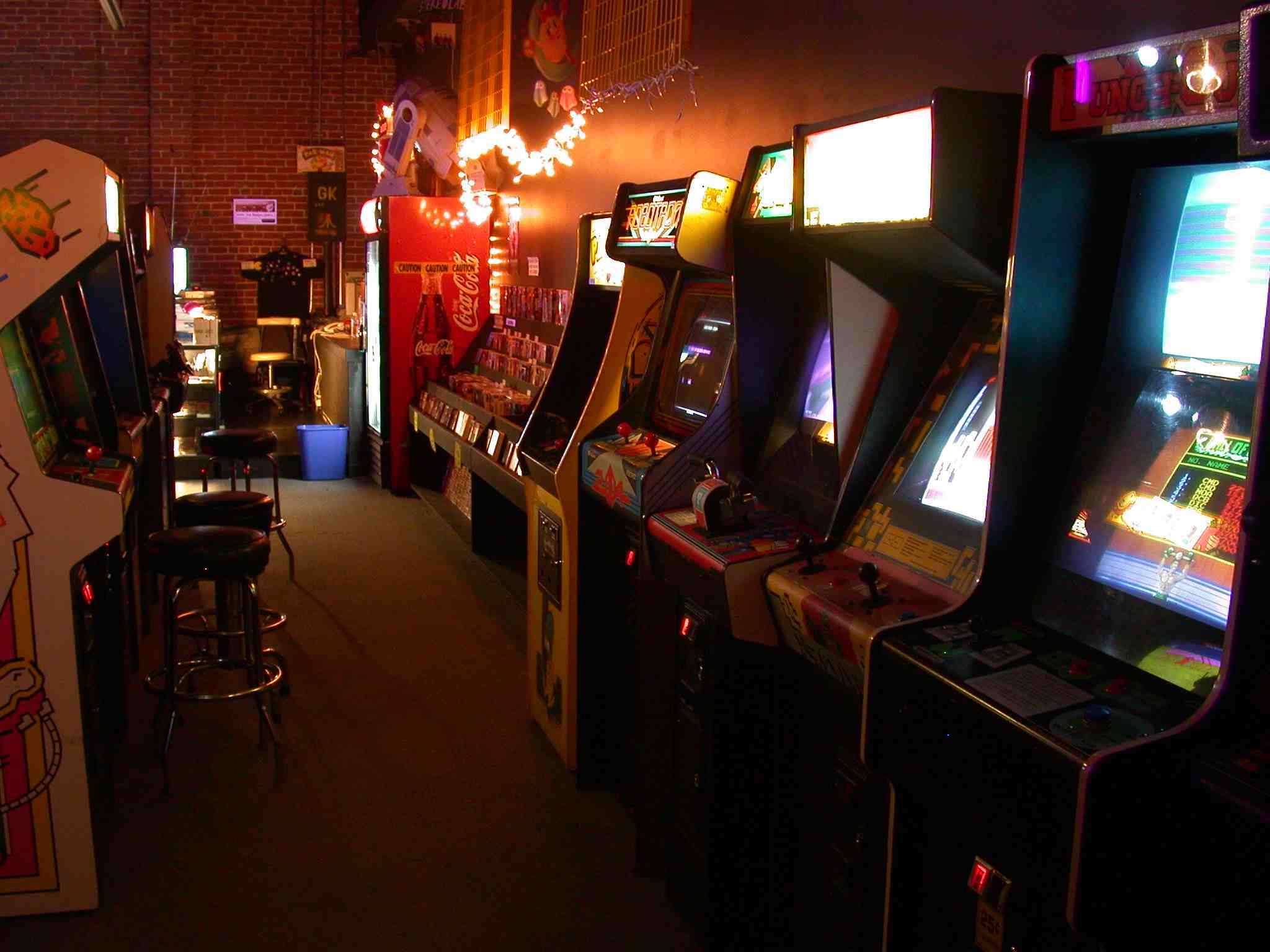
The 1980s was a golden era for arcade gaming, and military-themed games dominated the scene. From defending cities from incoming missiles to embarking on daring rescue missions, these games allowed players to step into the boots of soldiers, pilots, and heroes. In this article, we’ll journey back in time and explore the top ten military arcade games of the 1980s.
10. Missile Command (1980)

Kicking off our list is “Missile Command.”
In Missile Command, players are tasked with defending a series of cities from incoming ballistic missiles. The player’s primary tool is an anti-missile battery, represented as a cursor on the screen. By using a trackball or a joystick and a firing button, players aim and launch counter-missiles to intercept the enemy projectiles before they can obliterate the cities below.
The game offers a challenging and addictive experience. As the levels progress, the pace quickens, and the number of incoming missiles intensifies, pushing players to their limits. Success in Missile Command demands precise aim, quick reflexes, and strategic thinking as you allocate limited resources to protect the cities.
Many arcade cabinets of Missile Command were equipped with a trackball, which allowed players to control the on-screen cursor with remarkable precision. The trackball was incredibly responsive and added an extra layer of immersion to the game, making it feel like you were directing the missile defense systems yourself.
9. Green Beret/Rush’n Attack (1985)
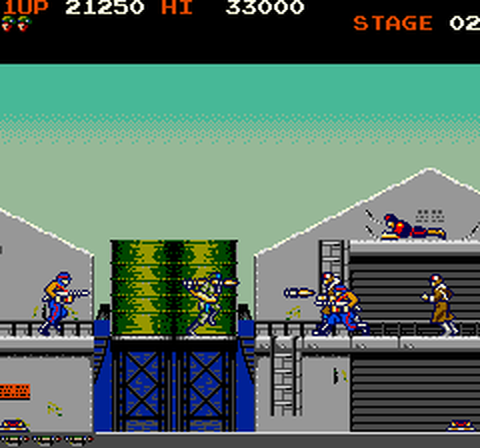
“Green Beret,” known as “Rush’n Attack” in North America, was a side-scrolling action game that put players in the shoes of a Green Beret commando.The game was originally released as “Rush’n Attack” in North America but bore the title “Green Beret” in other regions. This discrepancy in naming arose due to the Cold War tensions that were prevalent during the 1980s. The term “Rush’n Attack” could have been a play on words, as it sounded like “Russian Attack,” which was particularly fitting for the game’s plot.
What sets Green Beret apart is its use of a combat knife as the primary weapon. In an era dominated by games with blasters and power-ups, this decision was a bold and innovative choice. Players had to rely on precision and timing to engage enemies effectively, making every encounter tense and exhilarating. The game’s pacing keeps players on the edge of their seats, with no room for error.
8. 1942 (1984)
“1942” was a classic top-down shooter that transported players to the Pacific Theater of World War II. Controlling a fighter plane, players engaged in intense dogfights, battling enemy aircraft and avoiding relentless enemy fire. Its challenging gameplay and cooperative mode ensured it a place in arcade history.
“1942,” released in 1984, was a seminal moment in Capcom’s history. Developed by the talented team at Capcom, including Yoshiki Okamoto, who later played a crucial role in the development of “Street Fighter II,” the game took players back to World War II. Players assumed the role of a P-38 Lightning pilot tasked with defeating wave after wave of enemy aircraft and battleships, culminating in a showdown with the Japanese aircraft carrier, the Kaga.
“1942” was no walk in the park. Its difficulty level was finely tuned, requiring players to develop strategies to survive and progress. The game’s power-up system, which allowed players to upgrade their aircraft’s firepower, added a layer of depth and strategy.
7. Commando (1985)

“Commando” was a vertically scrolling shooter that tasked players with rescuing hostages and eliminating enemies. With a machine gun and grenades, players stormed through enemy lines, dodging bullets and lobbing explosives. Its difficulty and engaging gameplay made it a hit among gamers.
What made Commando truly outstanding was its gameplay. The game placed players in the boots of a lone soldier, codenamed “Super Joe,” as he infiltrated enemy lines in a bid to rescue hostages. The controls were simple yet effective: an eight-way joystick for movement and a fire button for shooting. This straightforward setup allowed players to focus on the fast-paced action and strategy, making Commando instantly accessible and endlessly addictive.
The game featured vertically scrolling screens filled with hordes of enemies, tanks, and helicopters that relentlessly swarmed Super Joe. Players had to navigate through the chaos, using grenades and various weapons to survive. The thrill of mowing down enemy soldiers while dodging bullets and explosions was unparalleled, creating an adrenaline rush that kept players coming back for more.
6. Jackal (1986)

For many gamers, the mention of Jackal instantly transports them back to the neon-lit arcades of the 1980s. The game’s captivating blend of top-down, run-and-gun action, and vehicular combat made it an instant hit. The game’s premise was simple yet engaging: players assumed the roles of two commandos on a mission to rescue prisoners of war held captive by enemy forces. Armed with a trusty jeep equipped with a powerful machine gun, players embarked on a high-octane adventure through enemy territory, blasting away foes and blowing up enemy bases.
One of the defining features of Jackal was its cooperative multiplayer mode. Playing with a friend added a whole new layer of excitement to the game. Teamwork was essential as players coordinated their attacks and navigated treacherous terrain together. This cooperative element fostered camaraderie and friendly competition among players, making Jackal a social experience as well as a gaming one. In an era where the multiplayer experience was still in its infancy, Jackal set a high standard for cooperative play.
5. Choplifter (1985)

“Choplifter” was revolutionary for its time, combining elements of action, strategy, and simulation. Players assumed the role of a helicopter pilot tasked with rescuing hostages from behind enemy lines. This unique blend of genres set Choplifter apart from the typical arcade shooters of its era, offering players a fresh and challenging experience.
While the graphics of the 1980s may seem primitive by today’s standards, Choplifter’s visuals were groundbreaking in their time. The game featured detailed, animated sprites that brought its world to life. The hostages, helicopters, and enemy forces were all meticulously designed, immersing players in a visually captivating experience.
One of the key factors that contributed to Choplifter’s status as one of the best games of the 1980s was its challenging gameplay. The game demanded precise piloting skills and quick decision-making as players navigated hostile terrain, evaded enemy fire, and strategically planned their rescues. The difficulty curve kept players coming back for more, striving to improve their rescue skills.
4. Ikari Warriors (1986)

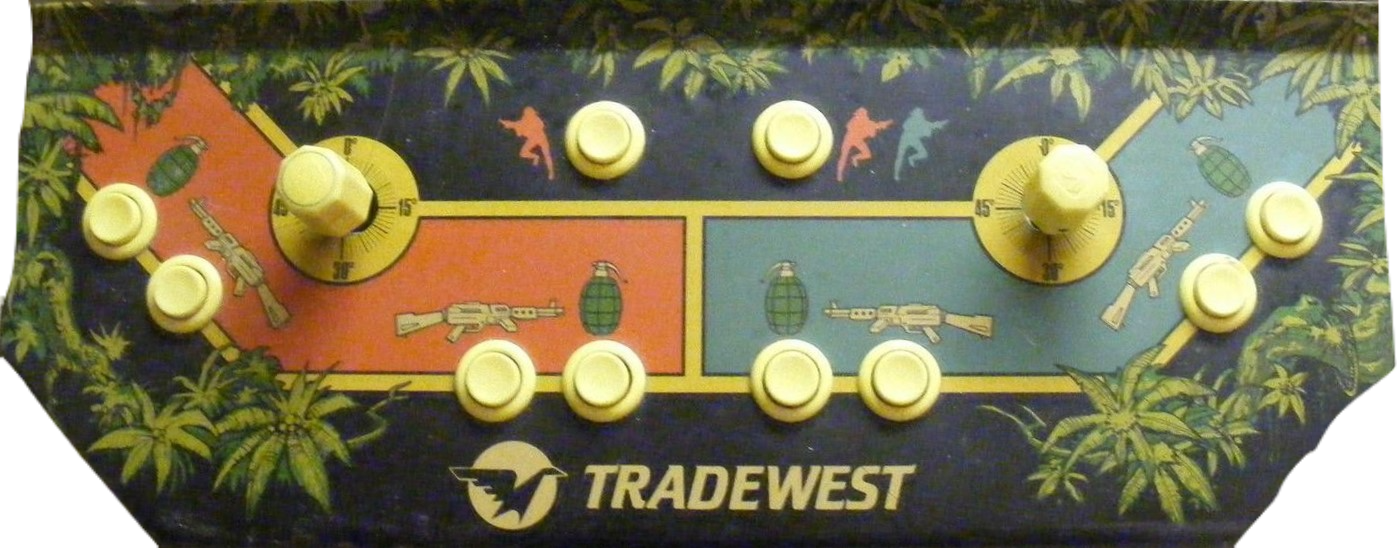
“Ikari Warriors” was a top-down shooter that followed two soldiers battling their way through enemy forces.The heart of Ikari Warriors’ innovation was undoubtedly its distinctive control mechanism. Unlike conventional joysticks that only allowed for eight-directional movement, Ikari Warriors’ joystick could rotate a full 360 degrees. This innovation was a game-changer, quite literally, as it allowed players unprecedented freedom of movement and aiming.
With this ingenious control scheme, players could dodge bullets, navigate treacherous terrain, and aim their weapons in any direction with unparalleled precision. It was an innovation that not only set Ikari Warriors apart from its contemporaries but also established a blueprint for future top-down shooters.
Another standout feature of Ikari Warriors was its emphasis on cooperative gameplay. Players could team up with a friend, each taking control of one of the two protagonists. This cooperative element added a layer of strategy and camaraderie to the game that made it irresistible to players looking for a shared gaming experience.
3. Afterburner (1987)
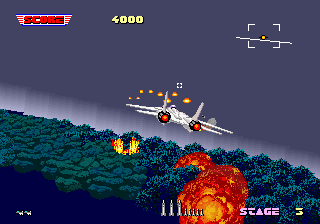
“Afterburner” was a thrilling flight simulator that put players in the cockpit of an advanced fighter jet. The game featured a moving cabinet that mimicked the jet’s movements, immersing players in high-speed dogfights.
At the heart of “Afterburner’s” appeal was its groundbreaking control system. The game featured a highly innovative joystick, which was designed to mimic the controls of a real fighter jet. This joystick had a pivotal role in making the game the sensation it became.
The joystick was equipped with an array of buttons and triggers that allowed players to perform various in-game actions, including firing missiles, launching flares, and executing high-G turns. The precision and responsiveness of this joystick made it an integral part of the gameplay, providing an authentic feel to the aerial combat experience. Coupled with the cabinet’s movement simulation, it truly made players feel like they were piloting a fighter jet.
2. Operation Wolf (1987)

“Operation Wolf” took players on a heart-pounding journey into enemy territory as a Special Forces operative tasked with rescuing hostages. What set this game apart was its innovative control style. Unlike traditional joystick and button setups, Operation Wolf featured a mounted Uzi machine gun as the controller.
This revolutionary light gun allowed players to aim and shoot directly at the on-screen enemies. It was an entirely immersive experience that brought players closer to the action than ever before. The realistic recoil of the Uzi, coupled with the satisfying “rat-a-tat” sound effects, made players feel like they were part of the game’s intense action.
The game was challenging yet addictive. Players had to be accurate and quick to save hostages and take down waves of enemies while avoiding civilians. This blend of precision shooting and fast-paced gameplay made Operation Wolf an instant hit.
1. Contra (1987)
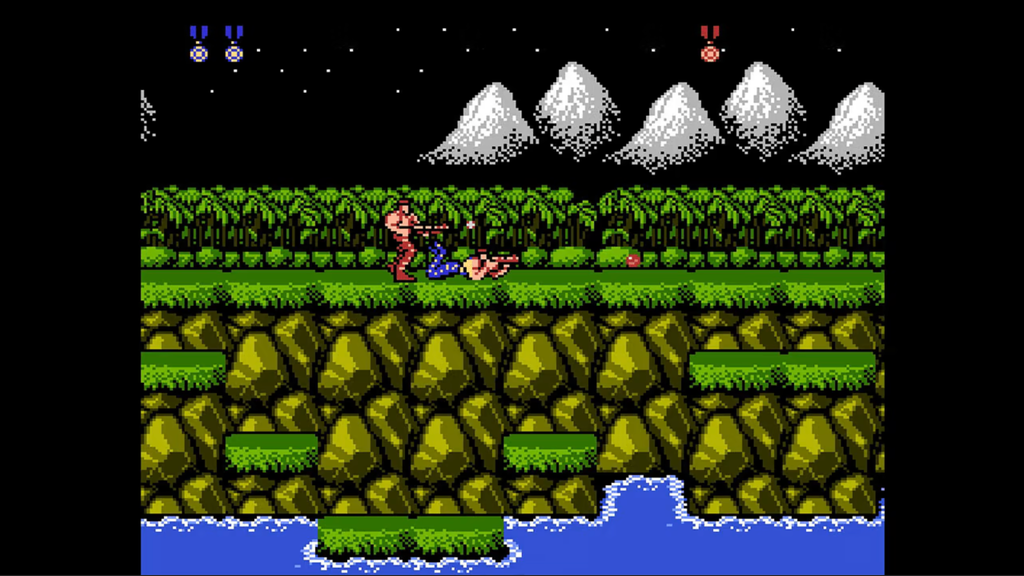
Yes. Contra was originally an Arcade game. Anyone with an NES in the 1980s remembers playing this game countless times. But it’s birth was in the Arcade. Contra, released in 1987, was developed by Konami’s Research and Development team, and it became an instant hit in arcades worldwide. The game’s innovative design and immersive gameplay soon captured the hearts of gamers everywhere.
Players assumed the roles of commandos, Bill Rizer and Lance Bean, on a mission to thwart an alien invasion and save the world. Armed with an impressive arsenal of weapons, including machine guns, flamethrowers, and spread guns, players battled hordes of enemies across various side-scrolling levels, each more challenging than the last.
The game’s difficulty level was notorious, a hallmark of classic arcade games. The one-hit deaths, limited continues, and relentless enemies demanded precision, quick reflexes, and teamwork when playing with a friend, as Contra famously allowed for cooperative gameplay. The challenge was part of its allure, and conquering Contra felt like a badge of honor among gamers.Contra also introduced innovative gameplay mechanics that were groundbreaking for its time. The use of power-ups, destructible environments, and the ability to control the character’s movements in mid-air added layers of depth and strategy to the game. These features set a standard that many other arcade games would later emulate.In the annals of arcade gaming history,
Contra shines as the quintessential military arcade game of the 1980s. Developed by Konami, it encapsulated the essence of arcade gaming with its challenging gameplay, innovative mechanics, and unforgettable cooperative experience. Its transition to home consoles further solidified its status as an enduring classic. Contra’s legacy lives on not only through its sequels but also in the hearts of gamers who fondly remember the days of “Up, Up, Down, Down, Left, Right, Left, Right, B, A, Start” and the exhilarating rush of battling alien invaders in the name of victory.



